Bolbitis Sinuosa Fern – Rare
Original price was: ₹3,890.00.₹2,057.00Current price is: ₹2,057.00.
4 in stock
Size: Single mature plant (10-18 leaves) | Pot Included | Free shipping
1. Give ferns plenty of indirect light.
Most ferns prefer indirect light, which means you should avoid placing them where sunlight will hit them. In direct sun, fern fronds can get burned, resulting in a dry, crispy plant. Usually, a north- or east-facing window provides the right amount of light for ferns. But if you see your plant turning yellow and not growing much, it likely isn’t getting enough light. If you need to supplement the natural light your ferns are getting, try using a grow light on them for a few hours a day to supplement.
2. Ferns like the same temperatures you do.
You likely keep your home at about the same temperatures that most indoor ferns need. These plants do best when the daytime temperature ranges from 65-75°F, and about 10° cooler at night (as low as 55°F). Most ferns you’ll find as houseplants hail from tropical or sub-tropical regions, so they’ll start to suffer when temperatures dip lower than 50°F. In winter, make sure your ferns aren’t too close to a window or door where cold drafts might hit them. Protect them from any sudden temperature changes in the opposite direction by keeping ferns away from fireplaces, air vents, and other heat sources, too.
3. Provide your ferns with consistent water and humidity.
If you’ve always got the urge to water your houseplants, ferns will do well under your care. They like evenly moist soil, so try not to let them completely dry out between waterings. (There are some exceptions, such as brake fern, rabbit’s foot fern, and Japanese holly fern, which don’t mind drying out between waterings). To figure out if you should add water, stick your finger into the soil about an inch deep. If it’s dry, give your fern a drink, and if it’s still damp, wait a couple more days.
Most tropical ferns also love high humidity. They naturally do well in bathrooms, thanks to steamy showers, but you can also mist their foliage with room temperature water once or twice a day. Or invest in a humidifier to increase the humidity in the whole room if the air tends to get really dry in your home.
4. Feed your ferns on a schedule.
A little fertilizer once in a while will help your ferns keep up their green good looks. You can add a slow-release fertilizer, or use a liquid houseplant fertilizer at about half-strength about once a month from early spring to mid-autumn. Don’t fertilize them during the winter months, because most ferns won’t be actively growing then.
5. Repot overgrown ferns.
Depending on their growth, ferns may need to be divided and repotted every couple of years. A good sign that your fern has outgrown its container is if you can see roots emerging through the drainage hole, or if the plant is slightly elevated out of the soil. And if you notice that your fern isn’t growing as quickly as it used to, try dividing it in half with a garden trowel before repotting so the plant’s roots can spread out more. The best time to divide indoor ferns is in spring when they are ready to start producing fresh, new growth again.
Dividing your plants is also an easy way to expand the greenery in your home, or you can share with friends. While some fern varieties may not be quite as easy to grow as other impossible-to-kill houseplants you’ll find at the garden center, they’re well worth adding to your indoor garden if you can provide them with a little extra TLC.
Only logged in customers who have purchased this product may leave a review.



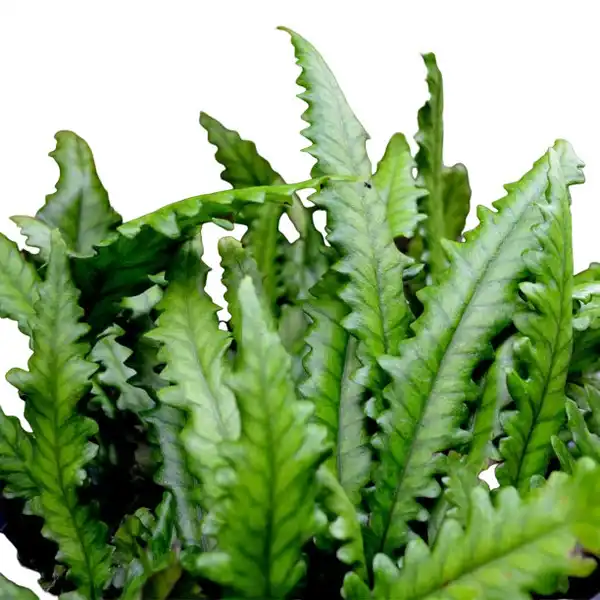
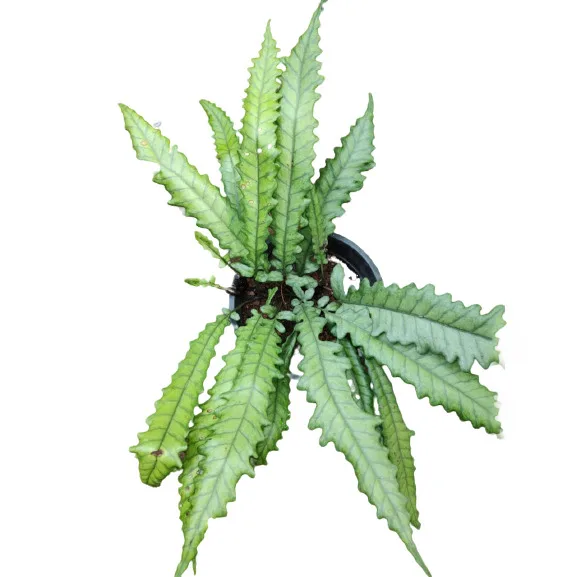
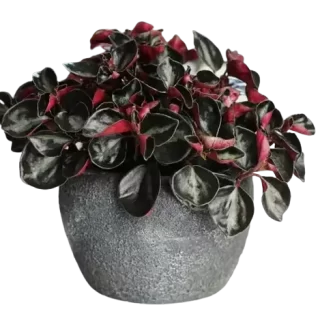



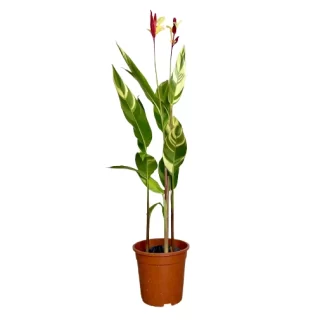

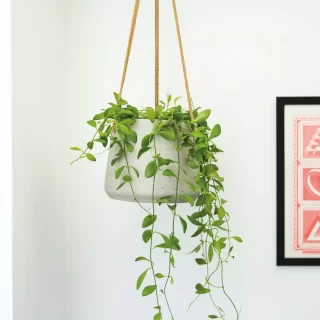
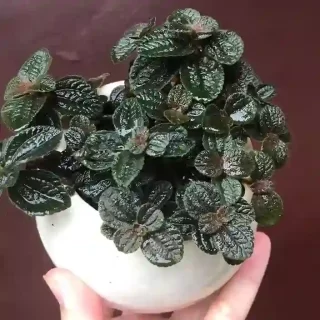
 If you need any assistance, I'm always here. Have you found what you were looking for?
If you need any assistance, I'm always here. Have you found what you were looking for?
Reviews
There are no reviews yet.